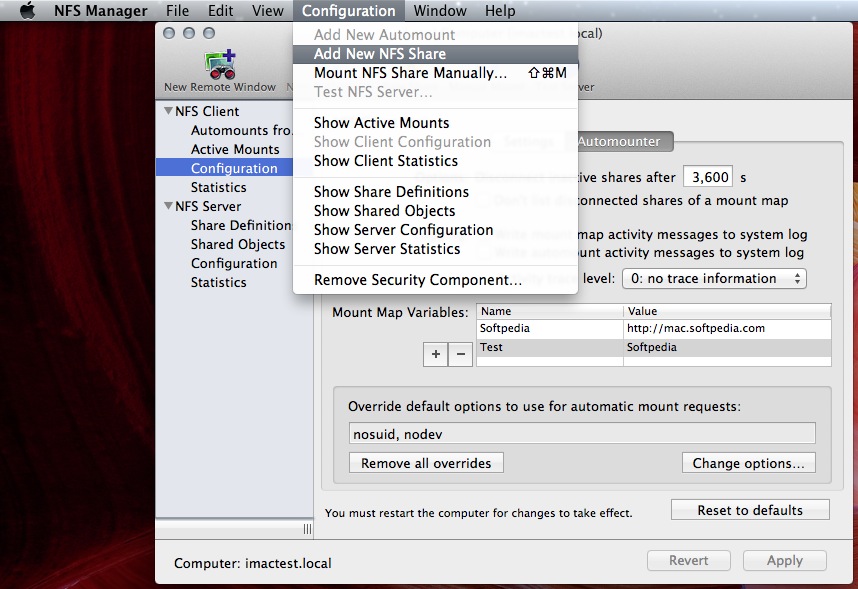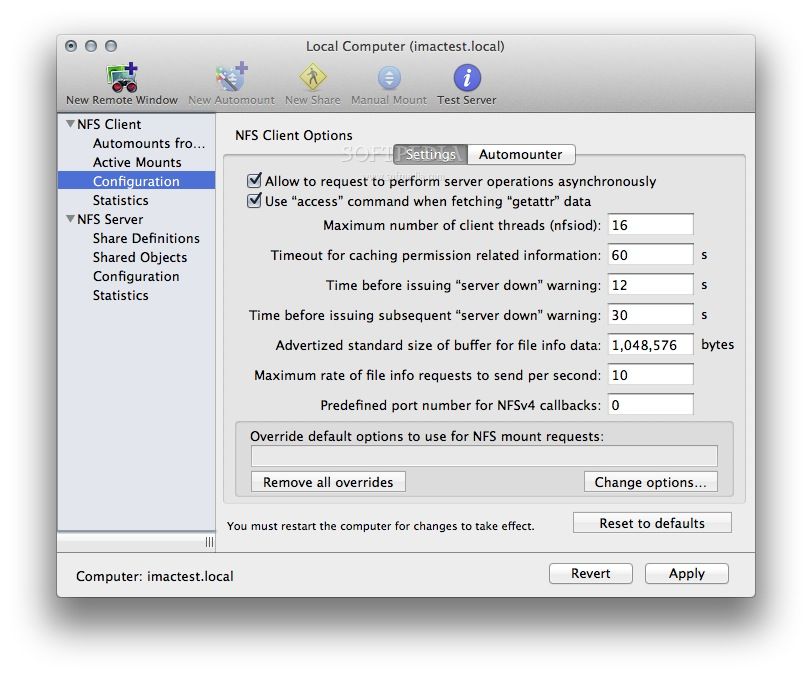

Often resorted to using packet sniffers between existing Windows and Samba developers, and no doubt other non-Microsoft implementors, have Shared opinion of many in the CIFS server industry was that publishedĬIFS specifications were inadequate to build a compatible server. This is no mean task at the time of this writing, the Producing a server as compatible with Microsoft's clients as Maintained by a world-wide community of programmers dedicated to This is likelyĭue to the popularity of the open source package called Samba, which Unix is becoming a popular platform for CIFS servers. Windows and NT desktop computers as compared to non-Windows, non-NT

You consider the plethora of low-end, network-attached storage boxesĪimed at consumers and small office environments, that often supportĬIFS but not NFS, it is arguable that CIFS has surpassed NFS in the Is, however, growing in the number of server implementations. When it came to came to the variety of client implementations. However, at the time of this writing, CIFS was not as common as NFS Protocol, renamed SMB to CIFS: the Common Internet File System. SMB stands for Server Message Block and is the file access protocol that is Of this writing, there were no known generally available NFS Version Long way toward supporting Windows and NT file semantics. These limitations apply to NFS Versions 2 and 3. Others, you will find that some applications work in unexpected ways PC/NFS implementations do their best to emulate this semantic and Which NFS, even via the NFS Lock Manager, does not provide. ForĮxample, the Windows and NT worlds have notions of enforced locking, Using NFS on non-Unix platforms, especiallyĪs a client, can limit you. Simplicity has a price NFS does not take the approach of supportingĮvery arcane, operating-specific file semantic for all theĮnvironments it supports. Why NFS has been so successful is that it is very simple. The ONTAP system for Network Appliance's hardware. Systems, and systems designed for network-attached storage, such as Windows, NT, MacOS, MVS, OS/400, OS/2, VMS, many real-time operating These environments include Unix (nearly all of them), Widest variety of operating system environments, both client and More secured than NFS.The NFS protocol is the lingua franca of file-sharing protocols in that it is implemented on the If most of your clients are non-Windows based like LINUX etc. If most of your clients are Windows based, go with CIFS NFS lock manager (Port 4045 TCP and UDP). NFS server - Port 111 (TCP and UDP) 2049 (TCP and UDP).Ĭluster and client status (Port 1110 TCP and 1110 UDP) UDP ports 137 and 138 and TCP ports 139 and 445. While both use the client/server programming model for communication, CIFS and NFS differ in following enlisted ways – Comparison Table – PARAMETER CIFS tends to be a bit more “ chatty” in its communications. A file system can be exported over both the CIFS and NFS protocols.īoth the CIFS and NFS protocol can be set with reading and write permissions. CIFS vs NFS – Difference :ĬIFS and NFS are the primary file systems used in NAS storage. A user can mount all or a portion of a file system via NFS. NFS uses a client-server methodology to allow the user to view read and write files on a computer system. It allows files communication transparently between serversand end-users machines like desktops & laptops. NFS is the “ Network File System” specifically used for Unix and Linux operating systems. CIFS is an open standard version of the Server Message Block Protocol (SMB) developed and used by Microsoft and it uses the TCP/IP protocol. The server takes the requested action and returns a response. CIFS also uses the client-server methodology where A client makes a request of a server program for accessing a file. What is CIFS?ĬIFS is an abbreviation for “ Common Internet File System” used by Windows operating systems for file sharing. Let us see what both exactly stands for before drawing a comparison of CIFS vs NFS. CIFS & NFS are basically protocols used for enabling remote communication system.


 0 kommentar(er)
0 kommentar(er)
